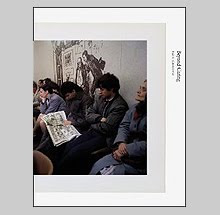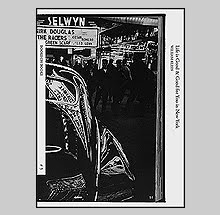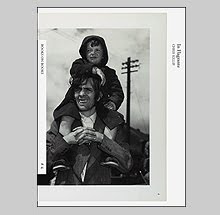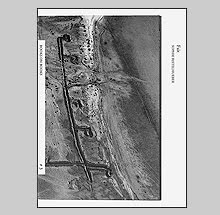The Hyena & Other Men by Pieter Hugo
Last night I bought a book on an impulse that I feared would lead to a shameful one night stand. It was a situation where there is an opening for the artist, the gallery has the new book for sale and they are already signed… OK here is my credit card.
Pieter Hugo’s The Hyena & Other Men published by Prestel is a book that I was keeping an eye out for even though the images I had seen previously left me wondering if they were mostly all content and little or no interesting form.
Frankly, most all of Pieter’s work that I have seen seems so dependent on visual slaps across the face from the content with his photos of hyenas, albino Africans, people with eyesight problems that render them somewhat disturbing to look upon. To sum up, this type of work represents just about all that I dislike about contemporary trends in photography. Subject matter that pounds you over the head while it is described in the most photographically dull way and poorly edited so that all of the weak pictures are miraculously made necessary just because they are part of a series. Add in some seductive light and color palate to distract you from the repetition and you’re done. If I were to pick the best three images in this book then they would trump ALL of the other thirty.
So why did I buy this book? Or rather more importantly, why do I keep looking at it as much as I have in the past 24 hours?
What we have here are thirty-three portraits of African men from
When Hugo frames his subjects, the images are very center heavy. The men all hold chains that act as leases for the muzzled hyenas or tranquil looking monkeys and they pose with expressions that read as tough guy persona tinged with slight boredom. The form, if you pay attention to the basic arrangement of the elements, is the same picture being made over and over again.
So why have I been seduced?
Like a movie you dislike but can’t stop watching because you love a character, this book casts a kind of spell due to the hyenas and monkeys (the one rock python pictured I couldn’t care less about). The hyenas are monstrous yet lovable bad-asses. Their bodies seem swollen with inert power that is barely contained by the woven muzzles and thick links of chain. In fact, if I were to identify what is striking about the photos, it would have something to do with power. Both on the owner/wrangler’s part and the hyenas.
While the hyenas are exciting to look at in an alien and threatening way, the monkeys do what monkeys do best in photographs, look human. They stare into the camera with as much knowledge of photography and ‘how to pose’ as their wranglers. Thankfully, they also provide some of the small pleasures found in these photos through slight gesture that save the images after the initial interest has started to wane. In one image, a monkey delicately tugs at the sleeve of his owner while they sit posing on a motorbike. In another two monkeys sit atop stumps of concrete near a wall seemingly engaged in a conversation while the owner/wrangler stands off to the side staring at the camera. (All that is interesting is happening on the left side of the frame…why I ask, is the owner’s dull presence even necessary? Again, let’s break the mold and make a different kind of picture. Why not? Just for shits and giggles.)
So…why after all of my criticisms do I like this book? It is cleanly designed and has two interesting and well written texts but that isn't enough. The reproductions are great but that is also not enough. I guess it is because sometimes three or four fine pictures are enough to camouflage. The rest disappointingly pale in comparison but I will take the good with the bad and be happy with them. Three or four are hard enough to find after all.
Yet, that is basically the photographer’s dilemma. One can find a subject, but how do you make it more interesting than what was photographed. I just wish Hugo had made risk part of his equation.
There are more ways than one to make a picture.
www.yossimilo.com











